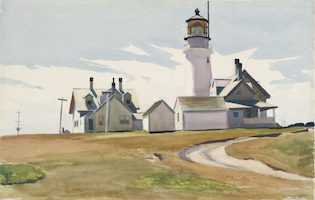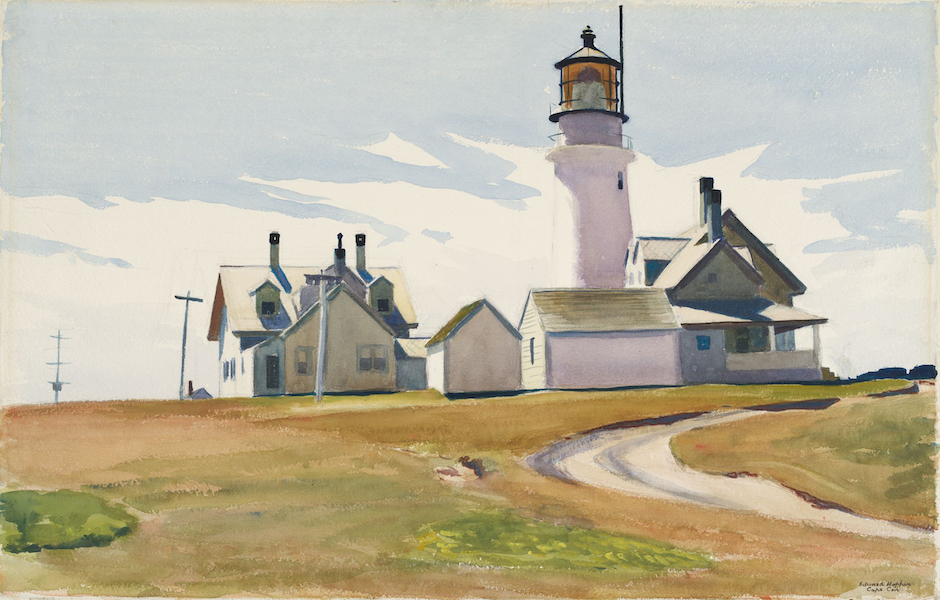
CAMBRIDGE, Mass. – This summer, the Harvard Art Museums present more than 100 years of artistry through the medium of watercolor. American Watercolors, 1880–1990: Into the Light showcases more than 100 watercolors by more than 50 well-known and historically underrepresented artists selected from the museums’ deep and diverse holdings — a rare opportunity because of the light-sensitive nature of these works. From Winslow Homer to Richard Foster Yarde, from stunning natural landscapes to delicate still lifes and bold abstractions, there is something for everyone. The exhibition is on display through August 13 in the three adjacent University Galleries located on Level 3 of the Harvard Art Museums.
For generations of American artists, watercolor was a medium of innovation and experimentation. This challenging form of expression allowed practitioners to let loose their imagination and reflect on process and perception. While the visual vocabulary of American watercolors changed dramatically during the century — from vibrant floral still-life compositions and radiant summer landscapes to surrealistic fantasies and immersive abstract works — the medium’s unique ability to capture light fascinated artists throughout.
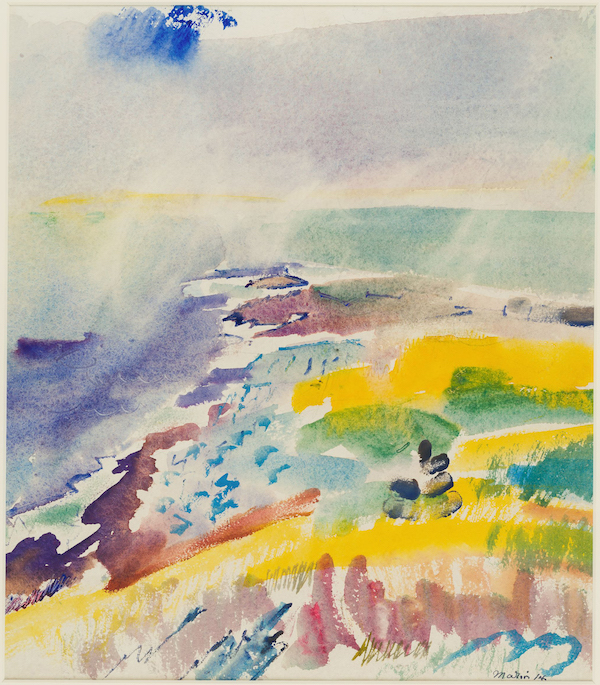
The installation’s three galleries present an astounding versatility of watercolor in roughly chronological order. Beginning with rarely seen works by 19th-century artists such as Winslow Homer, John La Farge, John Singer Sargent and Fidelia Bridges, the exhibition extends to the generation of celebrated modern artists, including John Marin, Edward Hopper, Jane Peterson and Charles Burchfield. Mid-century experiments by Mark Rothko, Beauford Delaney, Philip Guston and Dorothy Dehner attest to the potency of the medium for artists working in an abstract mode. The overview concludes with provocative and powerful works by Sol LeWitt, Richard Foster Yarde, Hannah Wilke and Richard Tuttle, among others. Along the way, watercolors by Bill Traylor and Zelda Fitzgerald demonstrate that artists did not have to be trained professionals to do important work. Pavel Tchelitchew, Alfonso Ossorio, Eva Hesse and George Grosz are some of the many artists born abroad who immigrated to the United States in the 20th century and went on to change the face of American art.
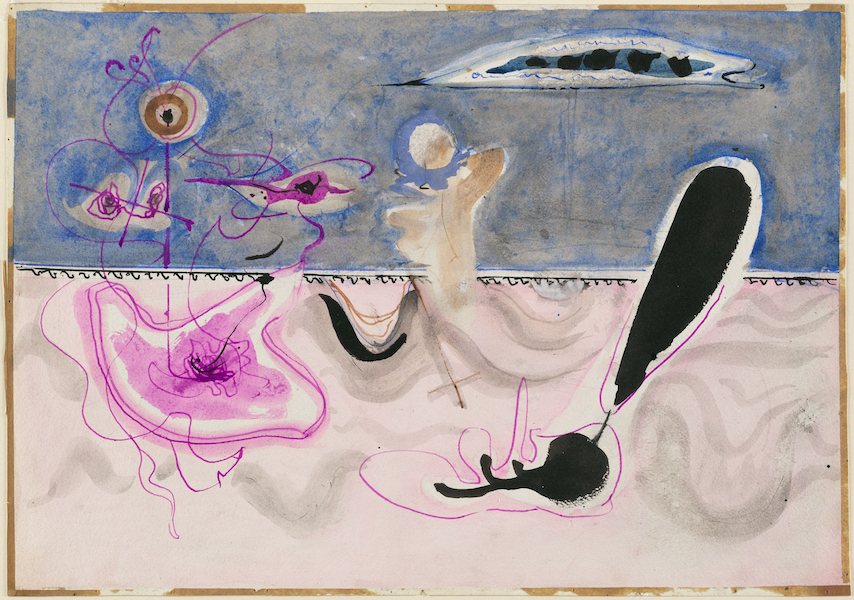
A display case in the first gallery offers a glimpse into the preparations, materials and practices behind the watercolors on view and includes examples of pigments (raw sienna, cadmium yellow, rose madder, cobalt blue and others), gum arabic, watercolor papers and other tools that an artist might use, including a recently acquired complete watercolor kit, circa 1863–81, from Winsor & Newton, famed purveyors of artists’ tools. John Singer Sargent’s own watercolor tubes, brushes and a scraper as well as sealing-wax sticks from Alfonso Ossorio’s studio are also included.
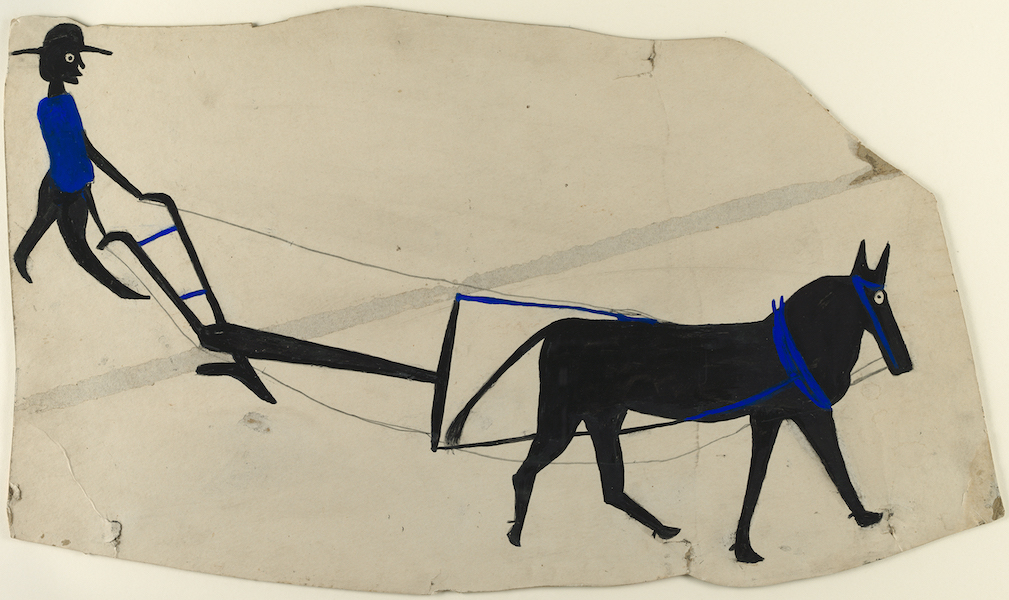
Built during a period of more than 100 years with the purpose of studying and supporting contemporary practice, the Harvard Art Museums’ collection of watercolors embodies the museums’ long-term engagement with the art of the present. Through gifts, bequests and purchases, many watercolors have been added to the museums’ collections in recent years, including works by Thomas Pollock Anshutz, Romare Bearden, Charles E. Burchfield, Dorothy Dehner, Beauford Delaney, Sam Gilliam, Edward Hopper, Maurice Brazil Prendergast, Hannah Wilke and Richard Foster Yarde. Visitors may further explore the watercolors collection by scheduling a visit to the Art Study Center, where works not currently on view can be requested for close looking and personal study.
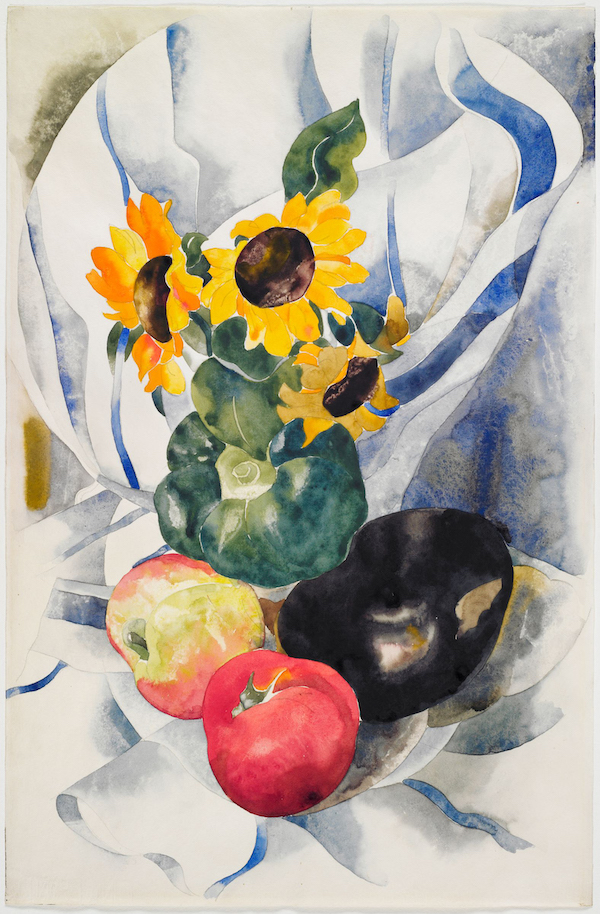
“Until now, this area of the museums’ celebrated collection of works on paper had not been comprehensively studied nor published, despite the visual appeal and continuing allure of watercolor,” said the Elizabeth and John Moors Cabot Director of the Harvard Art Museums Martha Tedeschi. “We are excited to showcase the sense of experimentation that so many artists have discovered when working in watercolor, beginning in the 19th century and still today.”
Visit the website of the Harvard Art Museums and see its dedicated page for American Watercolors, 1880–1990: Into the Light.


